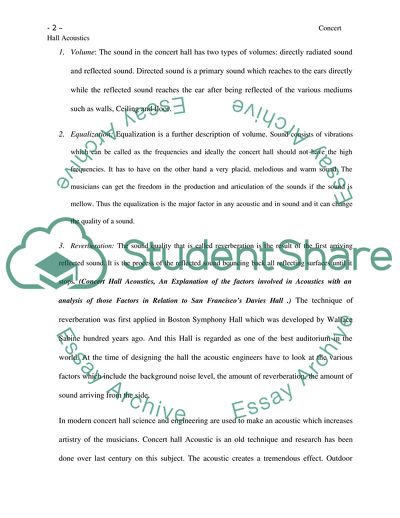Cite this document
(Concert Hall Acoustics Essay Example | Topics and Well Written Essays - 1500 words, n.d.)
Concert Hall Acoustics Essay Example | Topics and Well Written Essays - 1500 words. https://studentshare.org/music/1714537-concert-hall-acoustics
Concert Hall Acoustics Essay Example | Topics and Well Written Essays - 1500 words. https://studentshare.org/music/1714537-concert-hall-acoustics
(Concert Hall Acoustics Essay Example | Topics and Well Written Essays - 1500 Words)
Concert Hall Acoustics Essay Example | Topics and Well Written Essays - 1500 Words. https://studentshare.org/music/1714537-concert-hall-acoustics.
Concert Hall Acoustics Essay Example | Topics and Well Written Essays - 1500 Words. https://studentshare.org/music/1714537-concert-hall-acoustics.
“Concert Hall Acoustics Essay Example | Topics and Well Written Essays - 1500 Words”. https://studentshare.org/music/1714537-concert-hall-acoustics.


